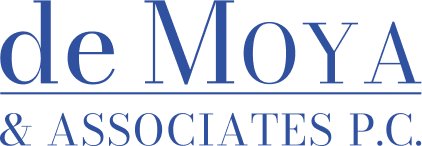Divorce Lawyers & Bankruptcy Attorneys serving Rockland County, NY, Westchester County, NY & Orange County, NY
Free Divorce Consultation
Free Bankruptcy Consultation
We speak Spanish. Hablamos Español
Bankruptcy
We provide expert legal services for bankruptcy cases. Our experienced attorneys are dedicated to helping individuals overburdened by debt navigate the complexities of a Chapter 7, Chapter 11, and Chapter 13 bankruptcy filing.
We navigate the complexities of New York bankruptcy law and develop a strategic plan tailored to meet the unique needs of each client.
We thoroughly assess each client’s financial circumstances and develop debt relief plans to help our clients achieve financial stability, relieve the burden of overwhelming debt, and provide a fresh start.
Our team is committed to providing the highest level of legal expertise and support ensuring our clients achieve the best possible outcomes for their financial future.
Other Areas of expertise
service areas
We proudly serve clients in Rockland County, NY, Westchester County, NY, and Orange County, NY. Our office is conveniently located in New City, NY, providing accessible and dedicated legal support to the community.











